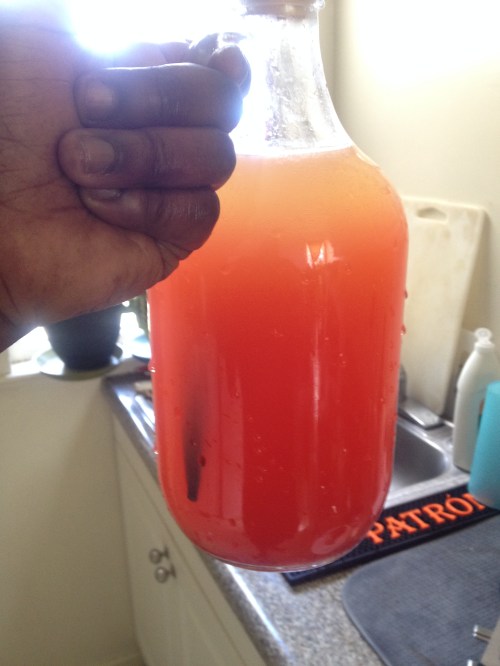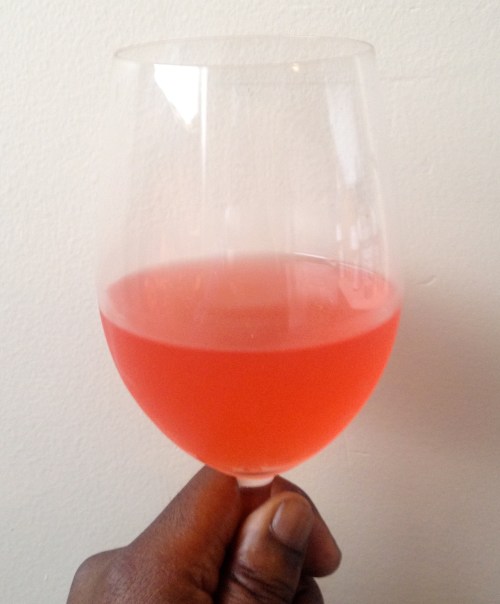First of all, congratulations to John Ridley on winning an Oscar for Best Writing, Adapted Screenplay for “12 Years a Slave,” and also to Steve McQueen, Brad Pitt and everyone else who helped this film land Best Picture. It’s an incredible accomplishment on its own merits, but the fact that two black men were so central to the vision of such a successful movie make these awards especially noteworthy. As an African-American, I’m aware of feeling a tangible sense of pride in their accomplishment.
I haven’t seen “12 Years a Slave;” 2013 was pretty busy and I saw fewer movies than I would’ve liked. I had multiple chances to buy a ticket, but I always chose something more escapist.
When it was released, it received an inordinate amount of promotion in the media I generally consume, particularly on MSNBC. Over there, different hosts relentlessly promoted the film, sometimes on the same day — panel discussions, multiple interviews with the writer, director and stars, ongoing reporting of its progress at the box office, etc. At the time, I was working from home with MSNBC on in the background: the saturation coverage drew attention to itself because the entire tenor of the channel changed for a sustained period.
Discussing race (particularly slavery) in America is very difficult, so I’ve lowered expectations to be satisfied whenever it blips on the radar. Even beyond MSNBC, people who don’t typically cover film were enraptured by the apparent cultural phenomenon this movie “12 Years a Slave” had created.
By all accounts, it’s a truly excellent film. Top-notch performances, stunning production values, emotionally-riveting moments that horrify and exult. It certainly made a lot of money ($140M on a budget of $20M) and it ran the table through awards season, partially a result of good marketing, but underneath it all, quality.
And I have absolutely no desire to see it.
I was born to middle-class, educated black professionals who 1) wanted to make sure I knew our history and 2) understood that no one else had any interest in teaching it to me. One Black History Month in elementary school, I asked our teacher if we were going to hear about Toussaint Louverture or Nat Turner; she had no idea to whom I was referring. The only TV program I remember our entire family watching together is “Roots.” Much of the assigned reading in my Introduction to the Black Experience class freshman year of college was on my bookshelf before I’d ever seen a PG-rated movie.
So, I wasn’t moved when I first saw trailers for this lush period piece with actors, producer and a writer I admire. Days after its opening weekend, the heartfelt proclamations from talking heads who’d been swept away by the film’s alternating brutality and beauty left me cold.
I’d never heard of Solomon Northrup until the PR blitz leading up to the release of “12 Years A Slave.” However, once I became familiar with the story of how his freedom was stolen and how he endured, survived and escaped, I didn’t develop an interest in seeing the film; no disrespect intended to Mr. Northrup or the filmmakers.
Only a few black people I know went to see this film. My stepmother: “I could barely stay in my seat. Such ugliness, so hard to watch. Nothing new.” From looking at 2013 movie box office stats, I wonder how many other black Americans felt similarly:
1) The Hunger Games: Catching Fire
2) Iron Man 3
3) Frozen
4) Despicable Me 2
5) Man of Steel
6) Gravity
7) Monsters University
8) The Hobbit: The Desolation of Smaug
9) Fast & Furious 6
10) Oz The Great and Powerful
69) 12 Years a Slave
I suck at math, but I’m pretty sure more black people forked over hard-earned money to see “Tyler Perry’s A Madea Christmas” and “Tyler Perry’s Temptation: Confessions of a Marriage Counselor” than “12 Years a Slave.” Which suggests to me that any national conversation about race spurred by “12 Years a Slave” didn’t include a significant or representative amount of African-Americans. Again, I might be wrong, but I don’t think so.
I have no idea how to go about addressing, let alone resolving our racial problems. Good art that dramatizes our ongoing struggle to accept and understand each other can raise awareness and foster empathy. So, yes: let’s continue to look at the past so we can understand how we got here, and why we’re stuck here.
But that doesn’t mean art exploring racism should be confined to an historical setting, and that shouldn’t create a dramatic ghetto for actors of color. Clearly, corporate media disagrees with me.
Perhaps that’s why “Fruitvale Station” was shut out of the Oscars.
Or why African-American actors are much more likely to gain recognition portraying maids and criminals than they are as businesswomen or frustrated everymen.
Setting aside action films and historical dramas: what was the last film you saw with a black character where his/her race wasn’t directly related to the character’s actions/motivation? I can’t name one; I’m sure I can think of a few if I gave myself more time.
Here’s The New York Times’ 1853 account of Solomon Northrup’s ordeal and his pursuit of justice. It’s an amazing individual story and a noteworthy event in American history.
I’m told it’s also an excellent movie.









